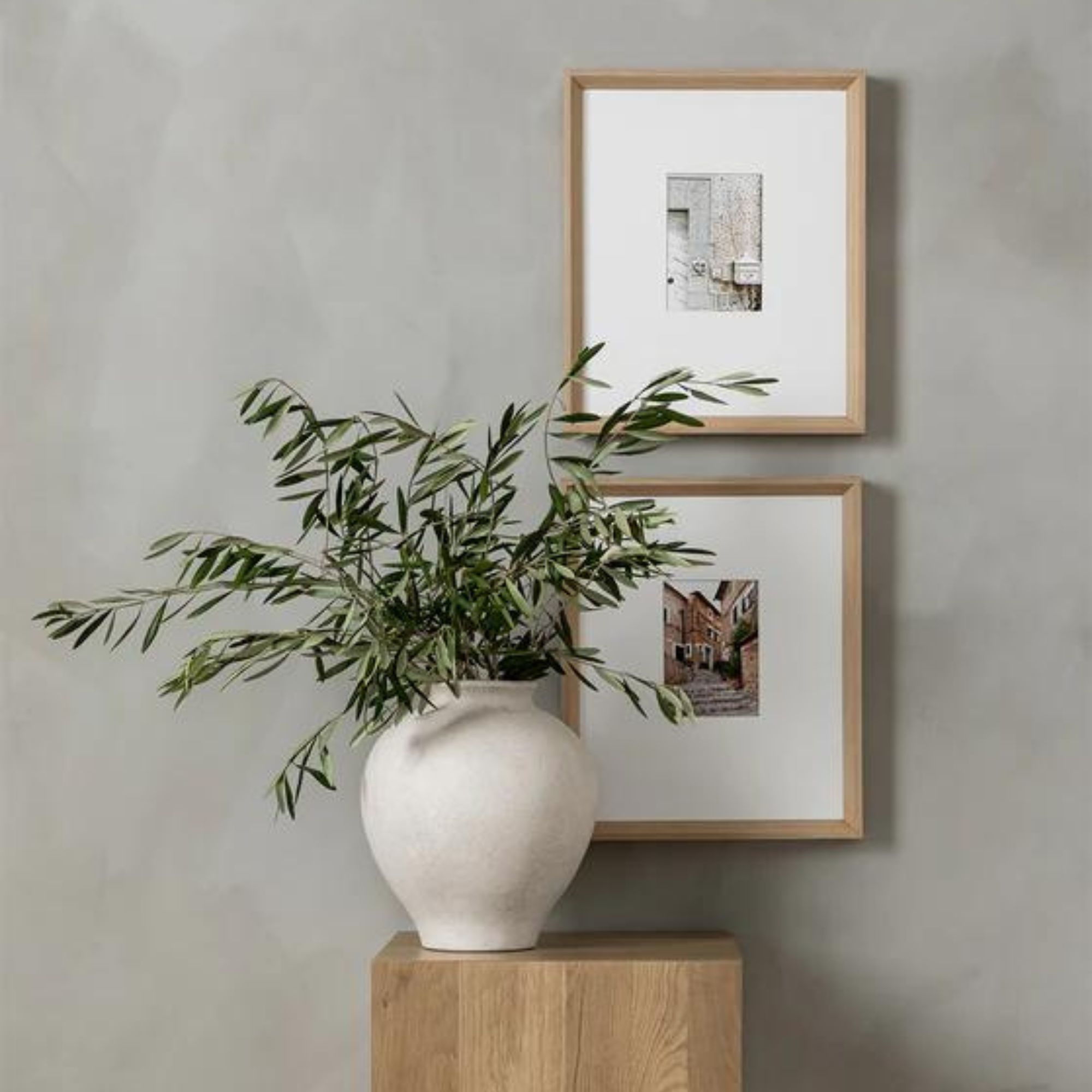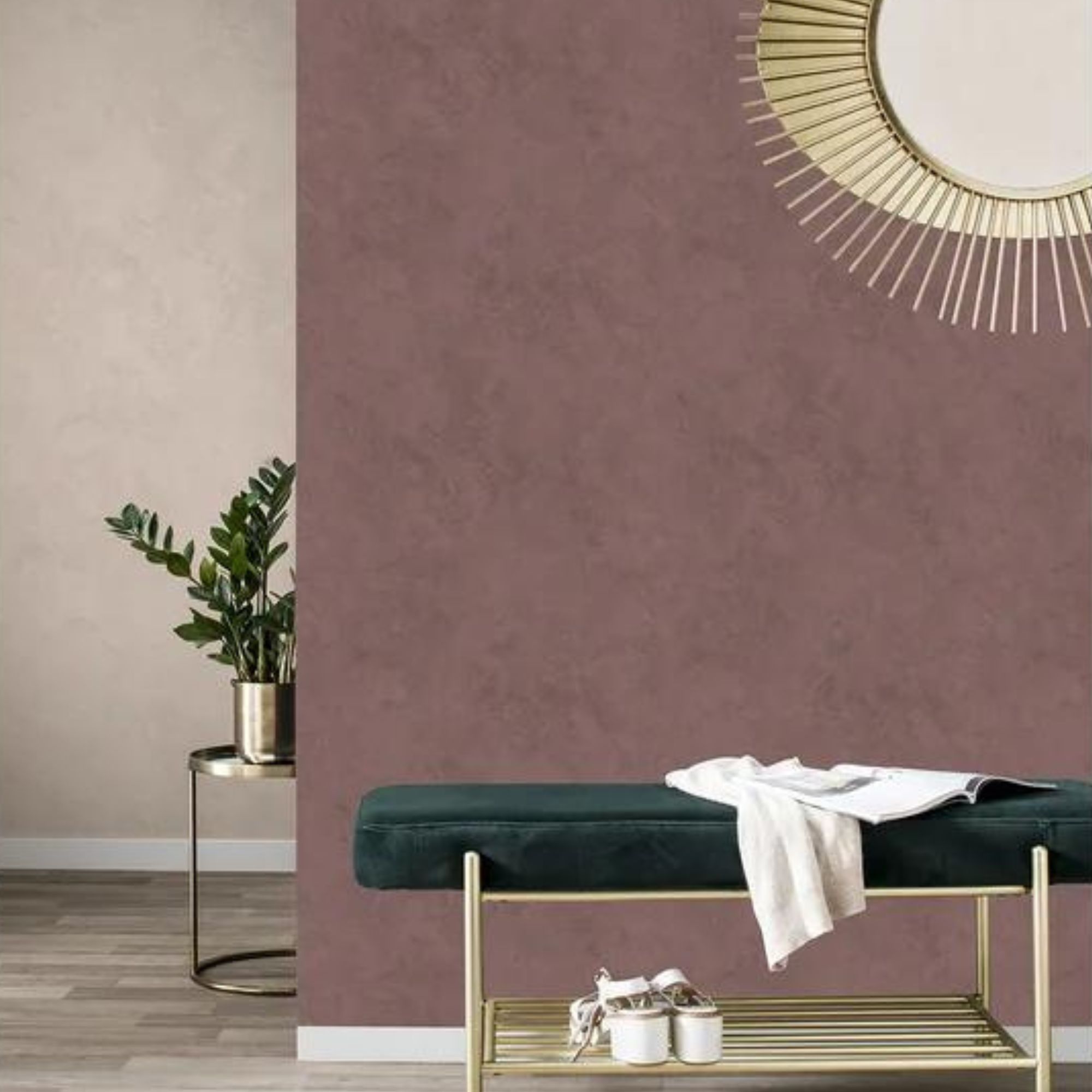How to use plaster to add character to any style of home – 7 designers share their favorite looks
Any space benefits from a touch of plaster's rustic character – this is where interior designers say it works best


Plaster is a timeless, versatile material that's been around for centuries. Relatively cheap, easy to use and full of character, plaster brings texture and charm to any interior space. And while the walls are perhaps the most obvious place for plaster to shine, interior designers say the material has the potential for so much more.
We spoke with interior designers who love plaster's look, and they shared the top seven places they use plaster when looking to add a bit more interest in any home – and the options go far beyond plaster-painted walls. If your home could do with a bit more character and you're not afraid of using texture in interior design, read on for the best places to make plaster the main character in any space.
How to use plaster to upgrade your home – designers' 7 top spots
You're likely already familiar with plaster, but it has much more potential than first meets the eye. These are the top seven spots in which interior designers recommend putting plaster to use.
1. Walls
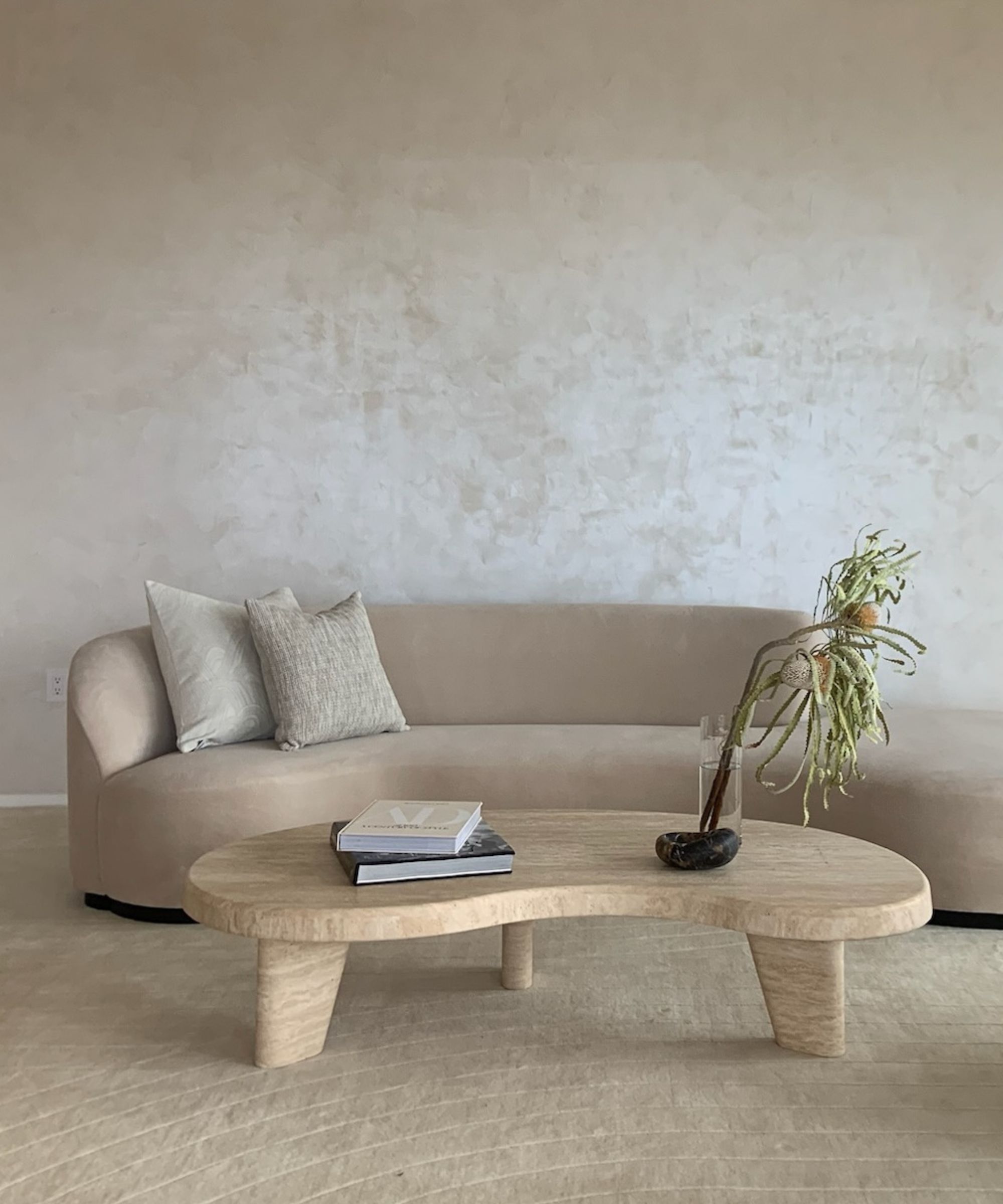
Although plastered walls are by no means new, the effect of this texture on a large surface cannot be overstated. There is such a wide variety of types, colors and finishes within the world of plaster, so there's endless room to personalize the materials to fit in with your own living room or kitchen design scheme.
In this space, designed by Rushda Hakim, lush plaster walls provide the perfect backdrop for an elegant curved sofa and a sculptural coffee table. Rushda says that plaster finishes 'create texture and depth on your walls,' adding visual interest to the room.
'Traditional techniques such as Venetian plaster, limewash, or tadelakt are now being used in a beautiful contemporary way to produce modern effects that shift in different lighting conditions. These finishes are also free of harmful chemicals, making them an eco-friendly choice,' she says.
Rushda adds that her firm, Rushda Hakim Design, often uses Venetian plaster rather than textured wallpaper to 'create organic movement on the walls.' Plaster finishes provide that one-of-a-kind, tailored look that mass-produced wallpaper often lacks.
Design expertise in your inbox – from inspiring decorating ideas and beautiful celebrity homes to practical gardening advice and shopping round-ups.
2. Fireplaces

The fireplace is often a focal point in living room design schemes, and a plaster finish instantly takes this feature to the next level.
Ayten Nadeau, interior designer of North Carolina-based I-TEN DESIGNS, says that plaster has been 'a staple in architecture and interior design throughout history.' And although she says the material works well on the walls, she suggests covering up a worn fireplace with plaster for an eye-catching design feature.
'Its ability to create a diverse range of textures, from smooth and sleek to rugged and textured, adds depth and character to any space. It is a very cost-effective material that makes it an attractive option for covering up old brick on fireplaces or existing drywall, providing a fresh look without the need for extensive renovations,' says Ayten.
Audrey Scheck, interior designer and founder of Audrey Scheck Design, agrees saying that when added to fireplaces, plaster 'adds dimension and elevates the aesthetic of the space.' Opt for a full-fireplace coat of plaster paint, or create a smaller accent for a cozy, organic living room setup.
3. Range hoods
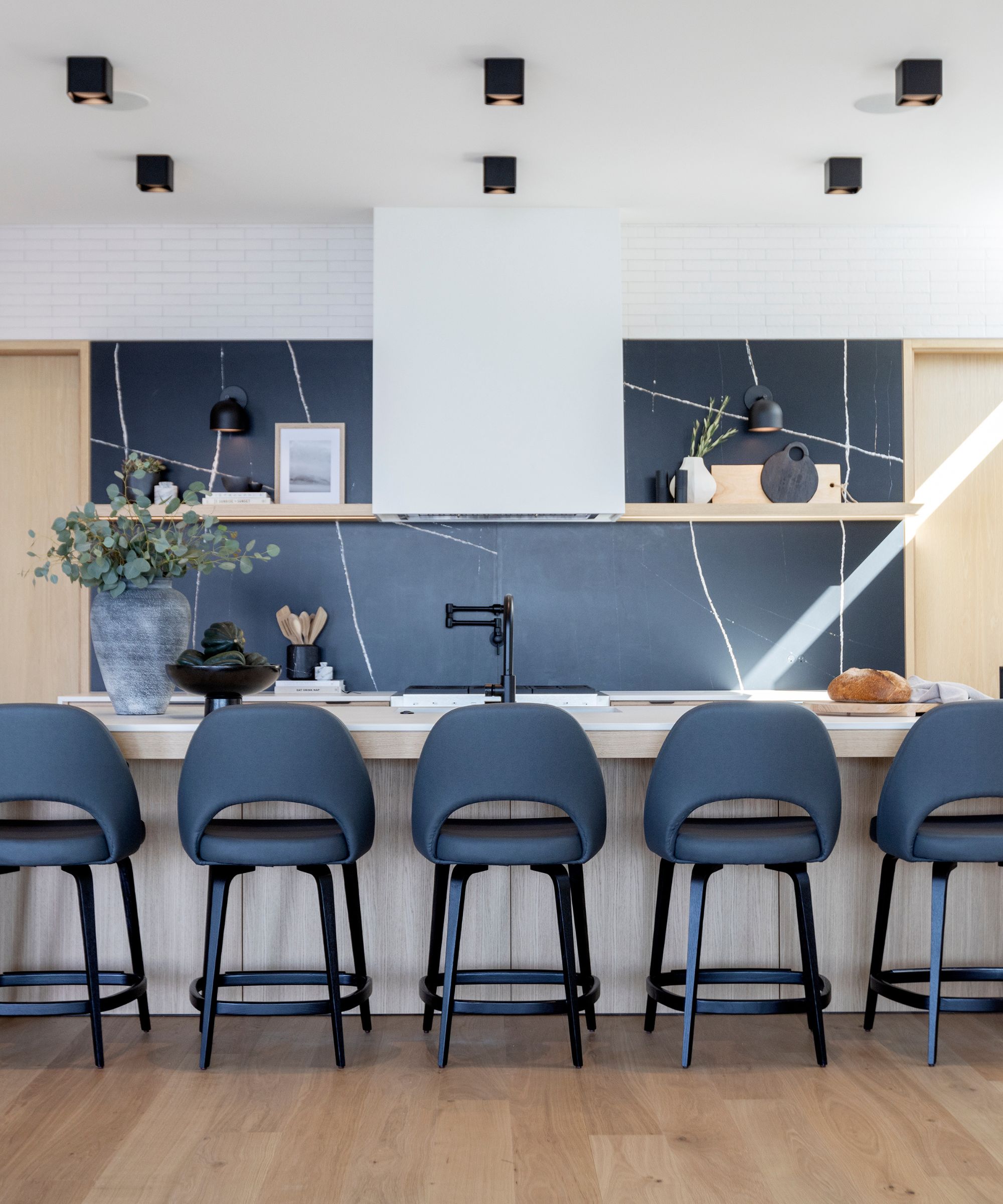
If you're looking to make your range hood a defining part of the kitchen, plaster just might be your new best friend. Emily LaMarque, interior designer and owner of Emily LaMarque Design Studio, says that plaster can easily take the place of wood or metal in a range hood design, delivering on a natural, stunning look.
'Plaster hoods are easily customizable – you can frame the hood out to the shape that you want and then smooth coat the surface in Roman clay of your color choice. Plaster hoods can look refined and elevated while blending seamlessly with both contemporary or rustic settings,' she says.
4. Wet areas

Plaster, specifically tadelakt, has traditionally been used in bathrooms, kitchens and shower rooms due to its naturally waterproof, durable nature. And in 2024, plaster is back on trend, making waves in kitchen and bathroom designs once again. Julia Lauve, co-founder of Dallas-based design firm Workshop Studio, suggests taking plaster to the 'wet areas' of your home for a functional and aesthetically pleasing design solution.
'Dating back to the Romans, tadelakt is an ancient plaster made from lime and marble dust. With its beautifully mottled texture and naturally water-resistant finish this type of plaster is perfect for use in wet areas to provide a seamless, luxury aesthetic reminiscent of ancient Roman Baths,' says Julia.
5. Powder rooms

If you're not quite ready to bring a plaster finish into your main bathroom, look no further than the powder room for a plaster-fueled refresh. Notoriously an easy place to experiment with your decor, the powder room is the perfect space for plaster. For the vanity, tub area, or even bathroom counter, this material adds just the right amount of character to a small space.
'Plaster is a very versatile material that can seamlessly be incorporated into any number of design aesthetics. We’re seeing a resurgence of “Old World'' design with consumers craving layered interiors, textured walls and warm earth tones. To keep your environment current, try incorporating a Venetian plaster finish into a space throughout your home. Powder bathrooms are a great place to introduce this finish, as it’s very durable and easy to maintain,' says Audrey.
6. Architectural details
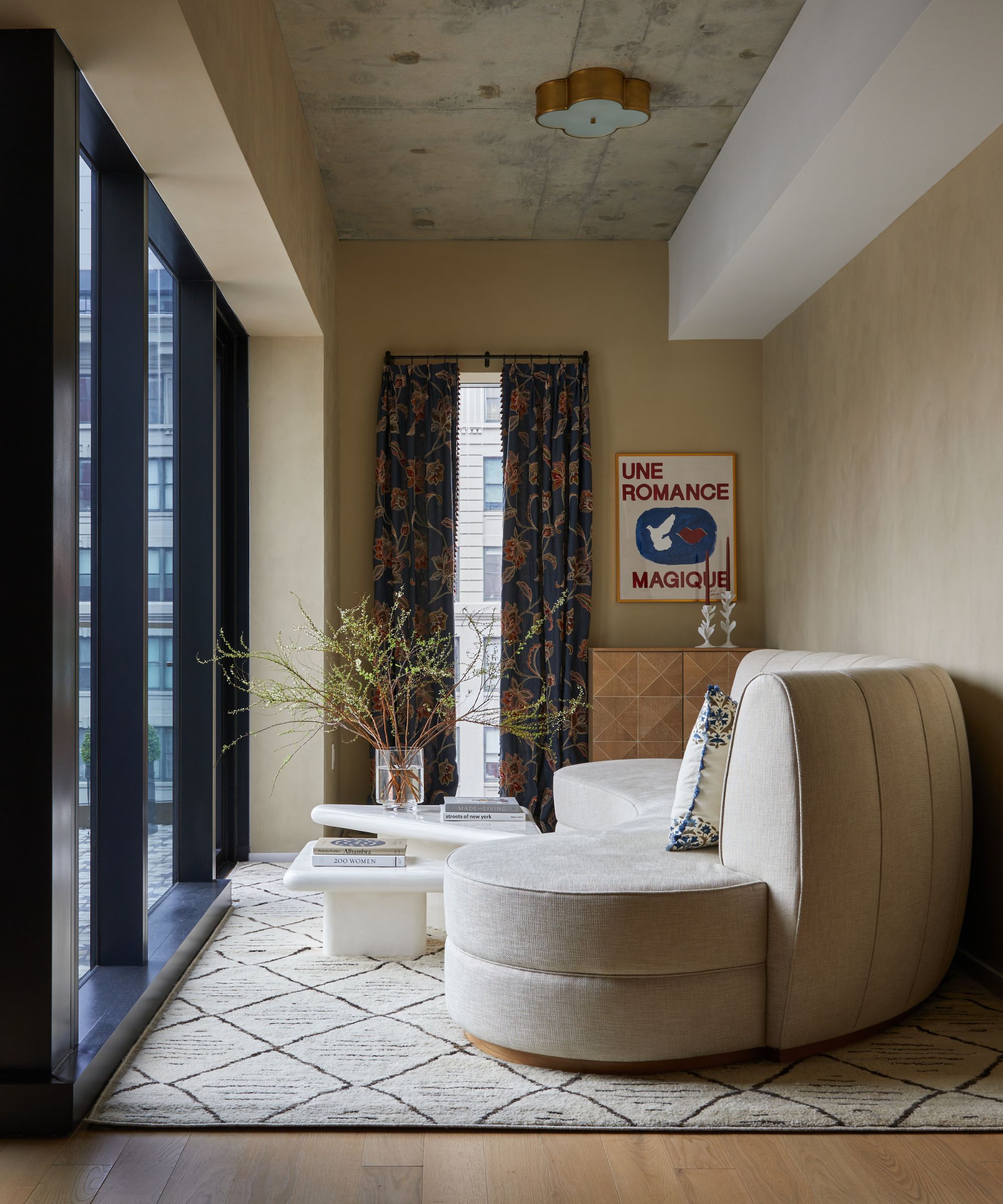
'Plaster adds such a sophisticated touch to spaces by creating texture and depth, and an overall cozy atmosphere. Its unique and tactile finish is inviting and can work with subtle tones or bold colors,' says Isy Runsewe, interior designer and founder of New York-based Isy's Interiors.
Though Isy's a fan of plaster in any area of the home – as are we – she suggests leaning into plaster's history when designing your space. Take a look around your home for features that would be accentuated by a coat of plaster, and don't rule out small details like millwork or crown molding.
'From traditional to contemporary, plaster is a great touch – in a traditional setting, plaster can evoke old-world charm and elegance. In more modern style spaces, it can add a sleek touch while maintaining an inviting atmosphere and ensuring a space doesn't feel too cold. It's a faux finish that adds great visual interest to plain walls, or really works to highlight existing architectural details,' says Isy.
She says her firm often uses plaster in main living areas like living rooms and dining rooms, in hallways, and in entryways and foyers 'to set the tone.' She also makes the material work in bedrooms, 'to make them feel intimate.'
7. Design accessories

'People tend to mostly think of plaster as a building material, but it’s an amazing decorative finish that brings both an artistic and sophisticated element to any space. Its sculpted, unfinished appearance adds an artisanal quality, and its off-white coloring looks chic and modern,' says Olma Fuentes, principal designer and founder of New Jersey and New York-based Deni + Dove Interiors.
Olma says that, as of late, she's seeing plaster 'incorporated into almost everything home-related,' extending well beyond the classic wall treatment. From light fixtures to accent tables, she says plaster is making its way through the whole home. And when making use of plaster herself, she likes to get creative.
'I like to use plaster as a statement piece, such as a beautiful chandelier, because it sparks a lot of intrigue among guests: "What material is that item made of? How exactly was it made? Who made it?" I also love using smaller decorative items made of plaster in my designs because each piece looks so unique and handmade,' says Olma.
She suggests using these 'plaster-made items' in modern or minimalist design schemes, as they add 'artistic flair,' a 'sculptural focal point,' and a bit of organic charm. Offering an easy route to a plaster look, Olma says Rustoleum Chalked Ultra Matte Paint in Linen White does the trick quite quickly for a variety of surfaces: 'I’ve used this as a plaster dupe on several occasions and am always impressed by the results.'
Pick one (or more) of these design features to give your home a plaster upgrade. No matter your space's style, it's sure to bring character and charm without too big a commitment.

Abby was the Interior Design News Editor at Homes & Gardens and is now studying for her Master's degree in Journalism at City University, London. Prior to joining our team, she worked with Better Homes & Gardens, where she wrote and edited content about home decor, gardening tips, food news, and more. She studied Journalism and English Literature at New York University and moved to London to pursue her love of writing in 2023.

